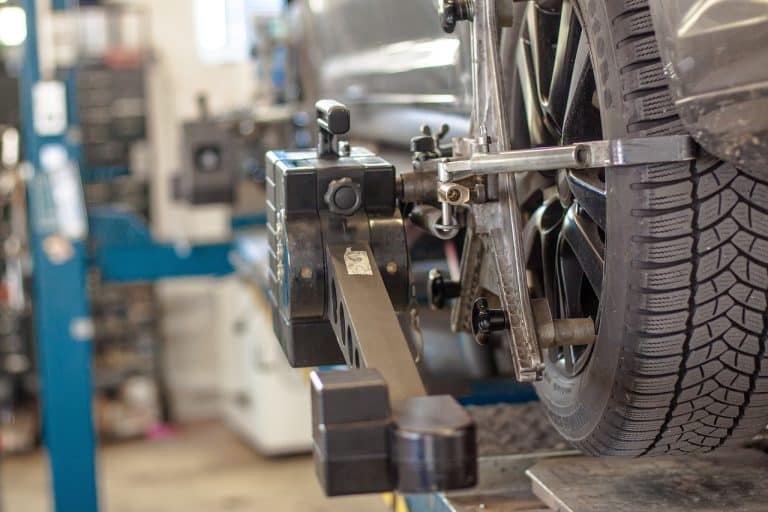Your car’s CV axles are an important part of its drivetrain system, transferring power from the transmission to the wheels. Over time, the constant motion and friction can cause CV joints and boots to wear out, requiring repair. In this blog post, we’ll go over some of the most commonly asked questions about CV axle issues and repairs. Read on to learn more about this critical suspension component!
What is a CV Axle?
A CV axle, or constant velocity axle, has joints and shafts that connect the transmission to the wheels. The CV joints allow the axle to flex while accommodating the up-and-down motion of the suspension. The axle shafts transfer power to make the wheels turn. Each wheel has its own CV axle assembly.
What Purpose Does a CV Axle Serve?
Quite simply, CV axles transmit rotational power from your transmission or transaxle to the front wheels of your vehicle. This allows the wheels to turn at engine speeds while also pivoting when you turn the steering wheel. Without functioning CV axles, your wheels wouldn’t receive power, making driving impossible.
How Can I Tell if My CV Axle is Bad?
Some common signs your CV axle needs repair are vibrating or clicking when turning, grease leakage from a torn CV boot, shuddering when accelerating from a stop, loud clicking when shifting or decelerating, and excess play when rocking the wheel. If ignored, eventually, a bad CV joint can lead to loss of power to the wheels.
When Should CV Axles Be Replaced?
Many mechanics recommend replacing CV axles between 80,000 and 100,000 miles. However, it really depends on driving conditions and maintenance history. If a boot gets damaged, leaking grease can accelerate wear. Catching small tears early allows for spot repairs. If clicking, vibration, or loss of power occurs, that likely means joints have deteriorated, and the axle probably needs replacement.
Can I Drive With a Bad CV Axle?
You can actually keep driving with a damaged CV axle for a while. But it’s not recommended. Driving with a clicking joint or torn boot will allow contaminants inside that will cause rapid deterioration. Plus, the vibration gets worse over time. Letting it go too long can lead to transmission damage when all the lubricating grease leaks out. That’s an expensive repair.
Should I Replace Both CV Axles at Once?
Many mechanics recommend changing both left and right CV axles simultaneously once one goes bad. The reasoning is that both axles have similar miles, wear, and working conditions. So, if one joint has failed already, chances are the other side isn’t far behind. Doing both at once avoids duplicate shop fees and future labor charges down the road.
Keep Your CV Axles in Good Condition
Well-maintained axles are important for safe handling and maximizing the life of your drivetrain components. At the first sign of CV joint noise or vibration, have your mechanic inspect them. Protecting your axle boots and replacing worn parts promptly goes a long way. Call Mountain View Automotive at 720-740-5257 or visit our Thornton, CO, shop if you suspect CV axle issues. Our ASE master technicians have the knowledge and skills to diagnose and fix axle problems affordably. We provide honest assessments so you can make informed decisions regarding any needed CV axle repairs.

